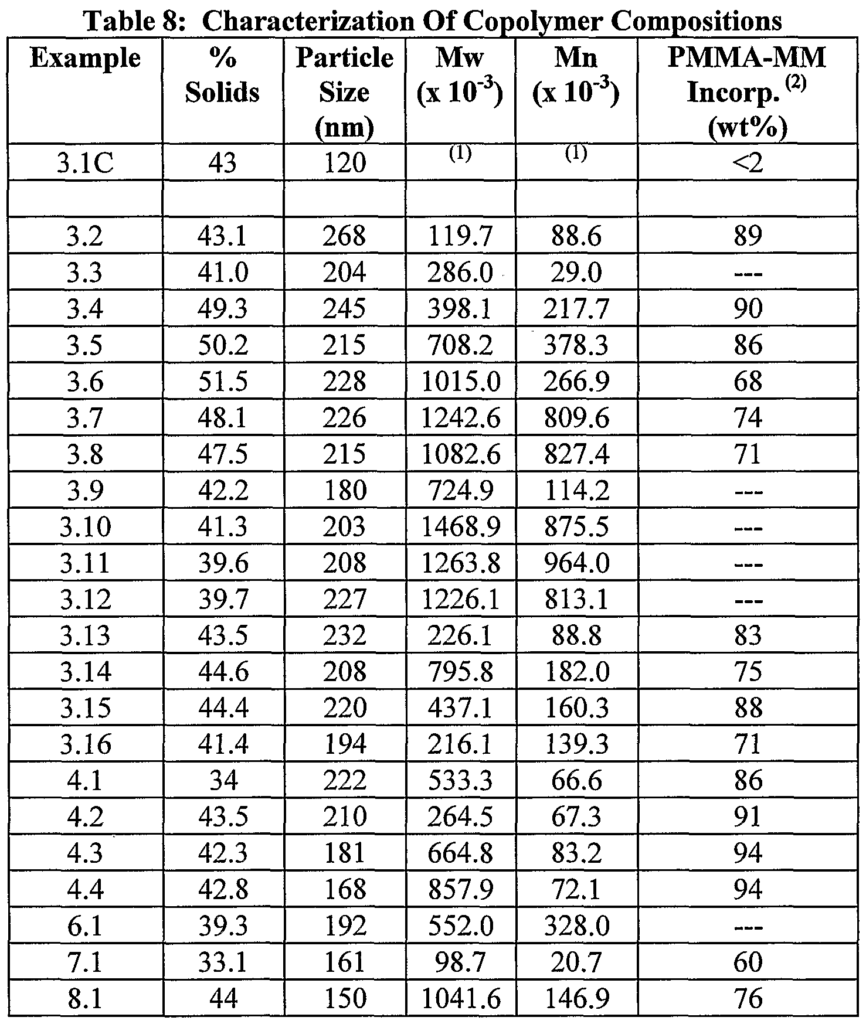In chemistry, molecular weight refers to the sum of the atomic weights of all atoms in a molecule. It is a crucial property that helps scientists determine the physical and chemical properties of a substance. Molecular weight is often used in various calculations, such as determining the concentration of a solution or predicting the behavior of a chemical reaction.
Having a comprehensive understanding of the molecular weight of different chemicals is essential for chemists, researchers, and students alike. A chemical molecular weight chart provides a convenient reference tool that lists the molecular weights of various elements and compounds commonly used in chemistry.
Chemical Molecular Weight Chart
How to Use a Chemical Molecular Weight Chart
When using a chemical molecular weight chart, you can easily look up the molecular weight of a specific substance by locating its chemical formula. The chart typically lists the elements and their corresponding atomic weights, allowing you to calculate the molecular weight by adding up the atomic weights of each element in the compound.
For example, if you want to find the molecular weight of water (H2O), you would look up the atomic weights of hydrogen (H) and oxygen (O) in the chart and add them together (2 x 1.008 + 1 x 16.00 = 18.02). This calculation gives you the molecular weight of water, which is 18.02 g/mol.
Benefits of Using a Chemical Molecular Weight Chart
By using a chemical molecular weight chart, you can quickly and accurately determine the molecular weight of various compounds without needing to perform complex calculations. This can save you time and effort in your chemistry experiments and research.
Moreover, understanding the molecular weight of a substance can help you interpret its properties, such as solubility, boiling point, and reactivity. By referencing a chemical molecular weight chart, you can gain valuable insights into the composition and behavior of different chemicals, enhancing your overall understanding of chemistry.
